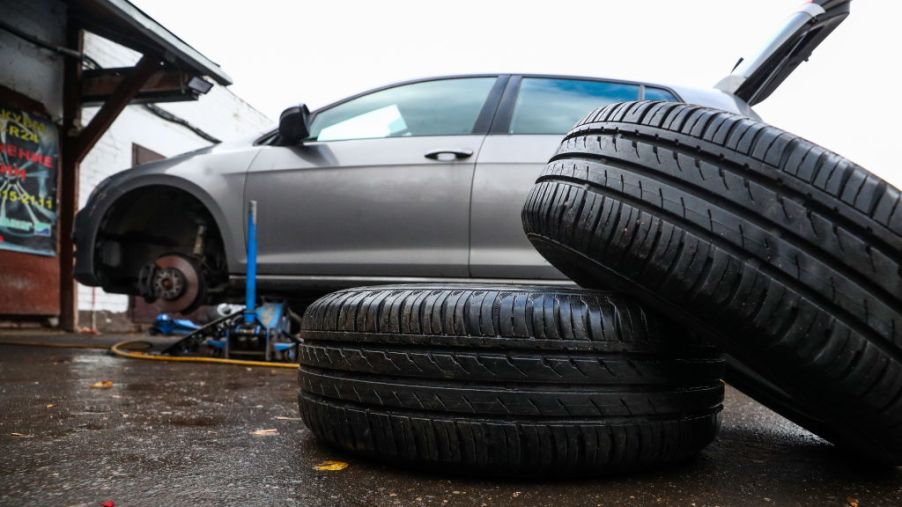
When Do I Have to Replace All Four Tires?
We might not think about them much, but tires are a central part of how our vehicles perform overall, and what most evidently connects us to the road. When it comes to considering a used vehicle to purchase, the tires for the model you choose should be considered just as important as the vehicle’s body style, technology amenities, and performance. If you’re looking for options to upgrade a new vehicle, tires can come in clutch there too. This guide will help you get a grip on the importance of tire technology.
What Are the Different Types of Tires?
All-season
These tires have long treadwear and are designed for driving in dry, wet, and snowy conditions, year-round but standard ones perform better in warmer climates.
All-weather
All-weather tires were created by manufacturers to help drivers avoid how cumbersome replacing tires can be when preparing for different weather conditions. Average all-weather tires are ideal for various weather conditions and unlike all-season ones, are made with an intense tread to handle icy and snowy roads.
Summer
As the name suggests, summer tires best perform in warmer temperatures and are not suitable for wintry weather.
All-season truck
All-season truck tires perform similarly to regular all-season ones but keep in mind, they aren’t made for off-roading.
So When Should I Replace My Tires?
To avoid serious consequences and driving accidents, you should check your tires monthly for wear and tear. If your tread depth is above 4/32nds of an inch, then you’re in good shape. However, if you normally drive in slicker weather conditions then you should start shopping for new tires at this point. At the 3/32 point it’s definitely time to get new tires; please do not let them get below the 2/32 mark.
Some tire manufacturers still recommend the George Washington coin trick to see how far your tires have worn. Insert the coin in the tread groove face down: if you can see the tip of Washington’s head, it means that your tires have frayed below the 4/32 mark.
Auto experts say that it’s better to replace all four tires at the same time unless you have other financial restrictions. Replacing all four tires at the same time helps to ensure that you have the best traction at all times. Balding tires can be especially hazardous in rainy conditions.
Buying tires in pairs can contribute to unbalance and damage to your car’s suspension. Another important thing to note is that if you replace your tires in pairs, by the time you are ready to replace your second set, stores may not have the right ones to match. If you are still more comfortable changing your tires in sets, you should place the newer ones in the back for better handling and balance.
Maintaining Your Tires’ Performance
To maintain the performance of your tires, remember to monitor tread depth and apparent damage. Rotate your tires every 6 months or 3,000 to 5,000 miles. Doing so will help you avoid uneven wear and tear.


